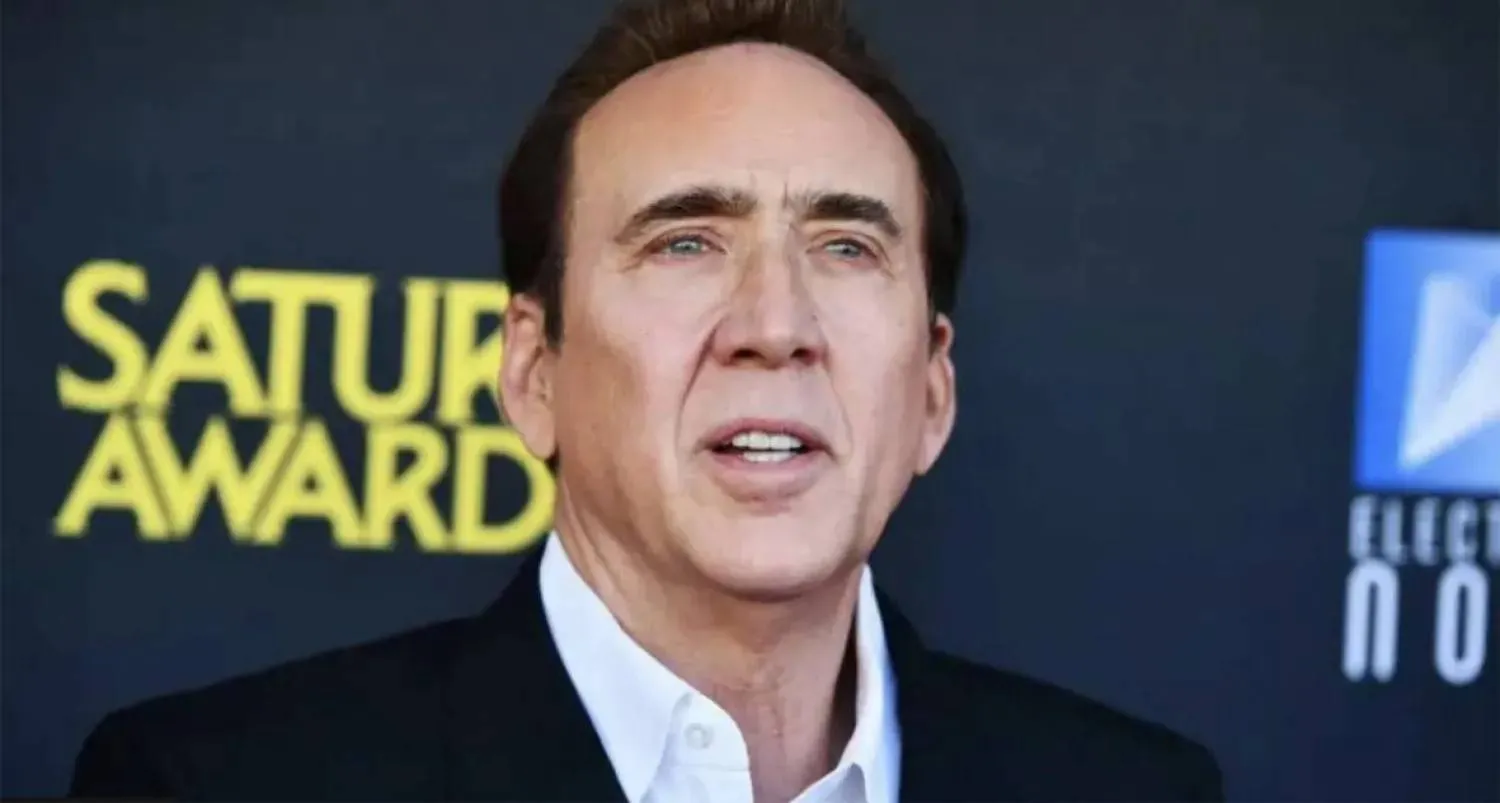Shelley Duvall, the intrepid, Texas-born movie star whose wide-eyed, winsome presence was a mainstay in the films of Robert Altman and who co-starred in Stanley Kubrick's “The Shining,” has died. She was 75.
Duvall died Thursday in her sleep at home in Blanco, Texas, her longtime partner, Dan Gilroy, announced. The cause was complications from diabetes, said her friend, the publicist Gary Springer.
“My dear, sweet, wonderful life, partner, and friend left us last night,” Gilroy said in a statement. “Too much suffering lately, now she’s free. Fly away beautiful Shelley.”
Duvall was attending junior college in Texas when Altman's crew members, preparing to film “Brewster McCloud,” encountered her at a Houston party in 1970. They introduced the 20-year-old to the director, who cast her in “Brewster McCloud” and made her his protege.
Duvall would go on to appear in Altman films including “Thieves Like Us,” “Nashville,” “Popeye,” “Three Women” and “McCabe & Mrs. Miller.”
“He offers me damn good roles,” Duvall told The New York Times in 1977. “None of them have been alike. He has a great confidence in me, and a trust and respect for me, and he doesn’t put any restrictions on me or intimidate me, and I love him. I remember the first advice he ever gave me: ‘Don’t take yourself seriously.’”
Duvall, gaunt and gawky, was no conventional Hollywood starlet. But she had a beguilingly frank manner and exuded a singular naturalism. The film critic Pauline Kael called her the “female Buster Keaton.”
At her peak, Duvall was a regular star in some of the defining movies of the 1970s. In “The Shining” (1980), she played Wendy Torrance, who watches in horror as her husband, Jack (Jack Nicholson), goes crazy while their family is isolated in the Overlook Hotel. It was Duvall’s screaming face that made up half of the film’s most iconic image, along with Jack’s axe coming through the door.
Kubrick, a famous perfectionist, was notoriously hard on Duvall in making “The Shining.” His methods of pushing her through countless takes in the most anguished scenes took a toll on the actor. One scene was reportedly performed in 127 takes. The entire shoot took 13 months. Duvall, in a 1981 interview with People magazine, said she was crying “12 hours a day for weeks on end” during the film's production.
“I will never give that much again,” said Duvall. “If you want to get into pain and call it art, go ahead, but not with me.”
Duvall disappeared from movies almost as quickly as she arrived in them. By the 1990s, she began retiring from acting and retreated from public life.
“How would you feel if people were really nice, and then, suddenly, on a dime, they turn on you?” Duvall told the Times earlier this year. “You would never believe it unless it happens to you. That’s why you get hurt, because you can’t really believe it’s true.”
Duvall, the oldest of four, was born in Fort Worth, Texas, on July 7, 1949. Her father, Robert, was a cattle auctioneer before working in law and her mother, Bobbie, was a real estate agent.
Duvall married the artist Bernard Sampson in 1970. They divorced four years later. Duvall was in a long-term relationship with the musician Paul Simon in the late ’70s after meeting during the making of Woody Allen's “Annie Hall.” (Duvall played the rock critic who keeps declaring things “transplendent.”) She also dated Ringo Starr. During the making of the 1990 Disney Channel movie “Mother Goose Rock ‘n’ Roll,” Duvall met the musician Dan Gilroy, of the group Breakfast Club, with whom she remained until her death.
Duvall’s run in the 1970s was remarkably versatile. In the rugged Western “McCabe & Mrs. Miller” (1971), she played the mail-order bride Ida. She was a groupie in “Nashville” (1975) and Olive Oyl, opposite Robin Williams, in “Popeye” (1980). In “3 Women,” co-starring Sissy Spacek and Janice Rule, Duvall played Millie Lammoreaux, a Palm Springs health spa worker, and won best actress at the Cannes Film Festival.
In the 1980s, Duvall produced and hosted a number of children’s TV series, among them “Faerie Tale Theatre,” “Tall Tales & Legends” and “Shelley Duvall’s Bedtime Stories.”
Duvall moved back to Texas in the mid-1990s. Around 2002, after making the comedy “Manna from Heaven,” she retreated from Hollywood completely. Her whereabouts became a favorite topic of internet sleuths. A favorite but incorrect theory was that it was residual trauma from the grueling shoot for “The Shining.” Another was that the damage to her home after the 1994 Northridge earthquake was the last straw.
To those living in Texas Hill Country, where Duvall lived for some 30 years, she was neither in “hiding” nor a recluse. But her circumstances were a mystery to both the media and many of her old Hollywood friends. That changed in 2016, when producers for the “Dr. Phil” show tracked her down and aired a controversial hourlong interview with her in which she spoke about her mental health issues. “I’m very sick. I need help,” Duvall said on the program, which was widely criticized for being exploitative.
“I found out the kind of person he is the hard way,” Duvall told The Hollywood Reporter in 2021.
THR journalist Seth Abramovitch wrote at the time that he went on a journey to find her because “it didn’t feel right for McGraw’s insensitive sideshow to be the final word on her legacy.”
Duvall attempted to restart her career, dipping her toe in with the indie horror “The Forest Hills” that filmed in 2022 and premiered quietly in early 2023.
“Acting again — it’s so much fun,” Duvall told People at the time. “It enriches your life.”









